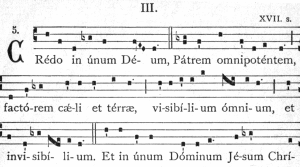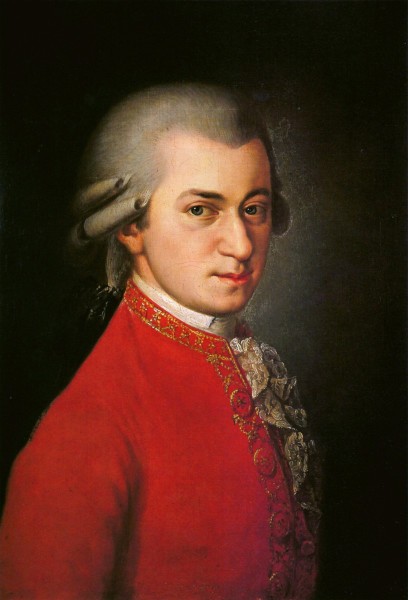My wife Maria and I saw Mason Bates’ new opera The (R)evolution of Steve Jobs this past weekend at the Santa Fe Opera. The audience went crazy for it, and all future shows are sold out. The opera is innovative, engaging, and fun with a handful of flaws. I give it a Net Positive, and I encourage folks to go see it in future productions.
Composition
In between my semesters of teaching theory at our local community college, I put significant works towards completing a concertante called Ragtime Dances for Marimba and Orchestra. The piece is inspired by the American dance music of the ragtime era, specifically the works promoted by the Castle dance duo. Since my piece is for a community orchestra, it is strongly tonal, diatonic, and tertian in nature. There are areas of the piece which my theory class would be quite comfortable analyzing, and there are areas that make use of a variety of modes and synthetic scales. One element common to each of the five dances is the octatonic scale:

This spring I wrote my thesis for my master’s of arts in composition. Much of the music I discussed used synthetic modes with no previous nomenclature, and I could not find an established, nor even existing, way of naming synthetic scales. There are well-known names for common practice modes (e.g., major or harmonic minor), the traditional church modes (e.g., Dorian or Phrygian), and a handful of synthetic scales (e.g., overtone or Neapolitan minor). The most universal way to define an arbitrary mode might be to use pitch class set notation, yet pitch class set notation is both cumbersome to use in prose and, by definition, an unordered collection that would not imply a tonic.
For my thesis, I adopted a naming convention for seven-note modes that combines descriptive names (sometimes shortened) for each of the two tetrachords that comprise the mode.
Roughly 50 years after some of Stravinsky’s most influential works, Arthur Berger published his paper “Problems of Pitch Organization in Stravinsky .” There he attempted to define a new theory about Stravinsky’s music and, in the process, coined the term “octatonic.” In contrast, in as early as 1906 Russian music theorist Boleslav Yavorsky (1877–1942) was documenting theories that would influence modern Russian music theory and would be applicable to the music of Rimsky-Korsakov, Scriabin, Stravinsky, and Prokofiev.
Below is the last (and perhaps most lengthy) of my Write Like Mozart Notes that I sent my students when we took the Write Like Mozart class together in 2014. The Write Like Mozart class is online again, starting today (April 11, 2016).
In this installment, I review the composing tools we have learned from the Write Like Mozart class and offer some thoughts and examples of how to develop material.
This is the tenth and final post in this series.




